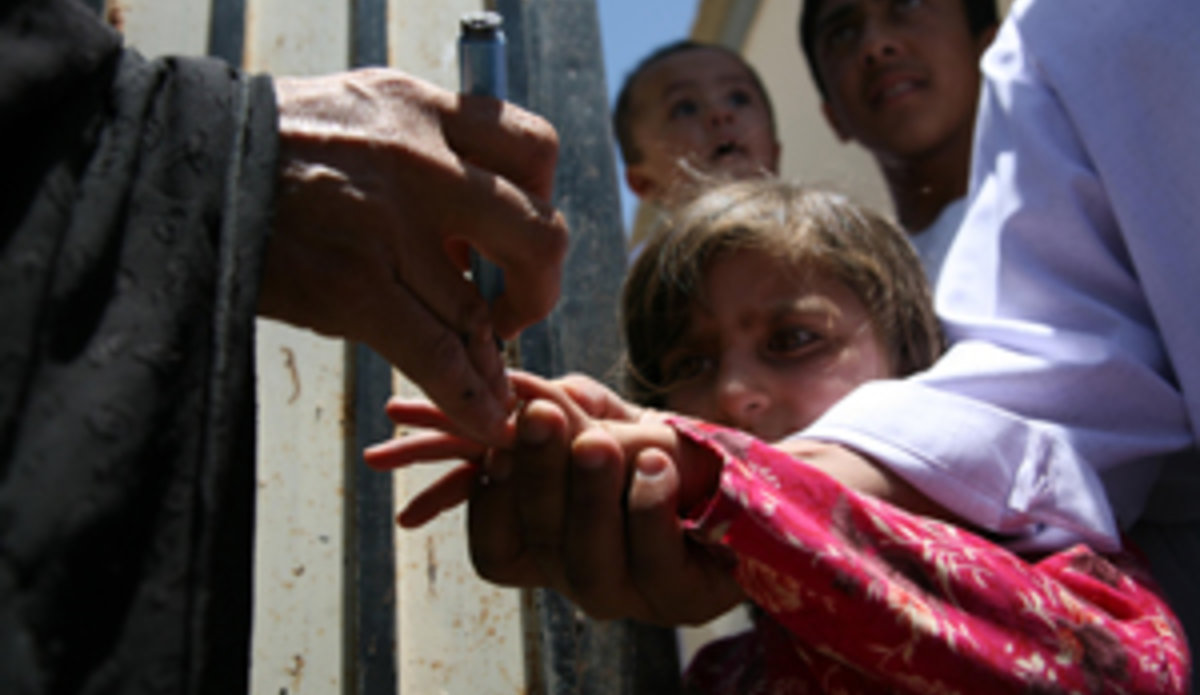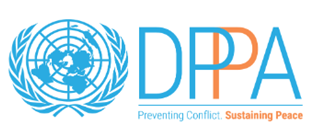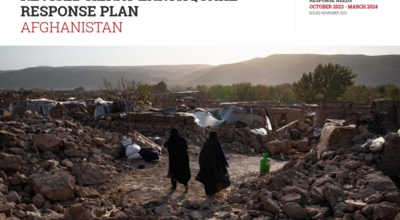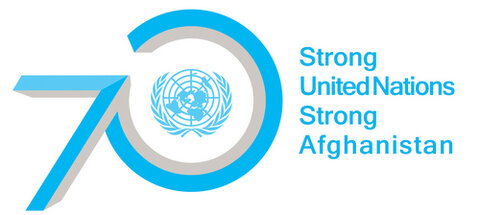Latest round of polio immunization launched in Farah
9 June 2010 - Mohammed Azeem opens the iron gate to the compound where his family lives in the second district of Farah city. Outside, two female volunteers for the polio immunization campaign ask the 15-year-old boy about the number of children in the house and how many are under five years of age – the target group for polio vaccination.
The whole routine is familiar. The young man responds casually that 13 children stay in the house, and brings the five members of the household who are to receive the vaccine. Two drops of liquid are put in the mouth of each child. The volunteers mark the door with clay – the house is now safe.
Monday, 7 June, was the first day of the three-day campaign launched by the Ministry of Public Health and its international partners – the World Health Organization (WHO) and the United Nations Children Education Fund (UNICEF) – to fight the ongoing spread of the polio virus in Afghanistan.
It is the fourth such campaign since January, with four more remaining to achieve the target of eight rounds planned in Farah province this year.
Afghanistan remains one of the four countries with endemic polio circulation. Polio is localized mostly in security-affected areas such as Farah and other southern provinces. Thirty-eight polio cases were confirmed in 2009, and 10 so far in 2010. These numbers do not reflect the real extent of the spread of polio infection.
Iskandar Hannah, medical officer for WHO in Herat, coordinates the polio campaign in the western region of Afghanistan. He explains: “Not all children who carry the virus develop the paralysis. For each case of paralysis that we identify, we assume that one thousand people are affected.”
The local communities are at the heart of each campaign. WHO, which provides funding and technical assistance to the Afghan Government for the project, relies on just one permanent staff in the province to manage the activity. The organization prepares trainers who teach coordinators who, in turn, instruct the teams of two volunteers that eventually go door to door to immunize children.
Hannah said the whole campaign “starts three weeks in advance, when we prepare the plans for the teams and the coordinators. Three days before the campaign, the vaccines are brought. By then, every actor has a map and the areas are well defined, so that no one is missed.”
The plan includes 20 mobile teams on motorbikes to reach out to the areas where the nomadic population, the Kuchis, live. Teams go to kindergartens or are posted at checkpoints, bus stops and frontier posts.
This tight grip enables authorities to stop the virus transmission. Since January, one case was identified in Bala Buluk district whose origin was traced by WHO to a neighbouring country. “In such cases, we immediately react and carry an immunization in the community within two weeks,” explained Hannah.
The head of the provincial department of Public Health in Farah province recalled: “Last year, the polio immunization campaign was not implemented in two districts, Bakwa and Purchaman, of Farah province. This campaign will be implemented in all districts of Farah province because there is an agreement between the elders, the tribal shura [council] and the Taliban to support the campaign.”
The Taliban leadership in Farah has issued a letter requesting that the volunteers’ activity not be hampered. However recent clashes south of the province threaten to reduce the teams’ outreach.
Because the virus lives on for two months, many rounds of vaccination are necessary to eradicate it.
On Tuesday, 8 June, the second day of the campaign, Hannah deplored: “This time, we will not be able to do the campaign in six clusters of Gulistan district (at the border with Helmand province), because of ongoing fighting.”
Only if every child under five can be reached will polio disappear – a goal the Government and its partners are still struggling for.
By Fraidoon Poya and Henri Burgard, UNAMA
 UN
UN







